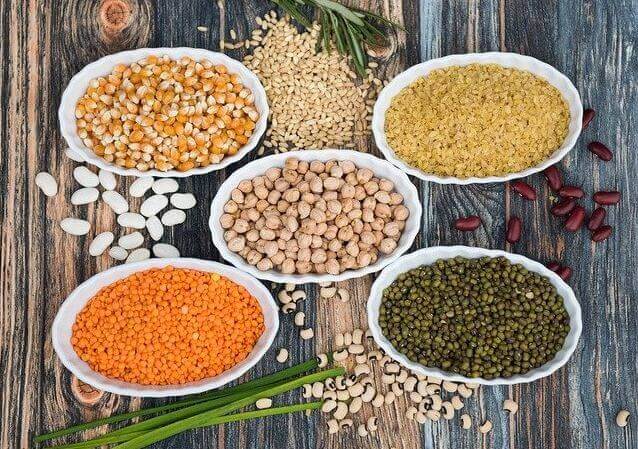
As Indians, having a list of the best low glycemic Indian foods can be an invaluable tool, if you want to:
– lose weight
– create a healthy eating habit
– manage your blood sugar
– make a fabulous fat loss friendly diet
Table of Contents
What does Low Glycemic Foods mean?
To understand low glycemic foods, first, we have to talk about the glycemic index scale.
What is Glycemic Index?
Glycemic index is a measuring system used for ranking different carbohydrates on a scale of 0 to 100.
Different carbohydrates have different effects on our blood sugar level. So carbohydrates are scored based on how fast or how slow a carb-rich food increases your blood sugar level.
Glycemic Index Scale (GI scale)
If a carbohydrate increases the blood sugar quickly, it will have a high glycemic score on the GI scale. Same way, if a carbohydrate food raises the blood sugar gradually, it will get a low glycemic score.
Based on the GI scale, we can divide the carbohydrate foods into three categories.
- High Glycemic Carbs: 70 – 100
- Medium Glycemic Carbs: 56 – 69
- Low Glycemic Carbs: 0 – 55
To create a weight loss diet plan or a healthy diet plan in general, you should select your carbs from the categories of low and medium glycemic carbs.
Now let’s see the list of low glycemic Indian foods from different food groups.
5 Best Low Glycemic Grains
1. Indian Basmati Rice: GI below 55
You can choose either brown basmati rice or white basmati rice; they both have nearly the same glycemic score (50-55).
Basmati rice nutrition
Basmati rice contains a high amount of soluble fibre. Major nutrients present in basmati rice are vitamin B1, vitamin B6, iron, folate, copper, magnesium, phosphorus, and zinc.
2. Black Rice: GI – 42
When black rice is cooked, it turns a dark purple colour. It has a slightly nutty flavour, and its high fibre content makes it very dense and chewy. They also go by the name of purple rice or forbidden rice.
Black Rice Nutrition
Black rice has high fibre content, and it’s a good source of iron. Primary nutrients in black rice are anthocyanins (reduces inflammation and risk of heart diseases), lutein and zeaxanthin (supports eye health), vitamin E, riboflavin (B2), niacin (B3), beta-carotene, calcium, chromium, iron, phosphorus, manganese, and potassium.
3. Oats: GI – 45 to 55
Oats can be the best breakfast option as it is quick and easy to prepare.
But be aware of the different forms of oats sold in the market. Don’t buy the flavoured instant oats. The low glycemic varieties of oats are steel-cut oats and rolled oats.
Oats Nutrition
Oats contain a decent amount of protein and fibre. Top nutrients in oats include manganese, phosphorus, magnesium, iron, selenium, zinc, vitamin B1, and vitamin E.
4. Buckwheat (Kuttu): GI – 45 to 51
Buckwheat or kuttu, also known in India, has no relation with the wheat family, and it’s gluten-free. They are grain-like seeds belonging to the pseudocereals category.
Pseudocereals have grain-like properties but do not come from the grass as most other grains do.
Buckwheat Nutrition
Buckwheat is a good source of protein and fibre. Dominant nutrients in buckwheat are the B-complex vitamins, vitamin K, potassium, magnesium, phosphorus, and iron.
5. Quinoa: GI- 53
Quinoa is another pseudocereal with a reputation as a “super-grain” for its high nutritional value. It has recently started gaining popularity in India as a healthy grain with high protein content.
Quinoa Nutrition
Quinoa is considered a good source of plant-based protein with high fibre content. Primary nutrients in quinoa include vitamin B2, vitamin B3, vitamin B6, phosphorus, potassium, copper, folate, iron, magnesium, and manganese.
7 Low glycemic legumes
1. Black-eyed peas (Chawli): GI – 42
Regardless of its name, black-eyed peas are not peas but rather a type of bean. It has an aromatic, savoury flavour and a staple in traditional south-Indian cuisines.
Black-eyed peas nutrition
Black-eyed peas contain a fair amount of protein and fibre. The dominant nutrients present in black-eyed peas are thiamine, riboflavin, niacin, folic acid (B9), iron, magnesium, calcium, phosphorus, zinc, and potassium.
2. Chickpeas: GI – 28
White chickpeas, also known as Kabuli chana in Hindi, are a staple in Indian cuisine. Its nutty taste and grainy texture go well with many other foods and ingredients.
Chickpeas nutrition
Chickpeas are a rich source of vitamin B6 and folate with other B vitamins thiamin, riboflavin, niacin, and pantothenic acid. Minerals present in chickpeas include phosphorus, copper, manganese, iron, and magnesium,
3. Black Chickpeas (Desi Chana): GI – 28
Another staple of Indian cooking is black chickpeas or kala chana. Not just for Indian cuisine, it serves as a backbone for Indian agriculture as well. India is the highest producer of chickpeas in the world; 67% of the global production.
Black Chana nutrition
Apart from high protein and fibre content, it also contains high amounts of vitamin B6, vitamin C, thiamine, and riboflavin. Minerals present in black chana are manganese, copper, magnesium, and phosphorus.
4. Mung Beans: GI – 39
Mung beans have been cultivated since ancient times in Indian. It serves as a vital source of protein and other nutrients for Indian-vegetarians.
Mung beans nutrition
Apart from a rich protein and fibre source, mung beans also contain folate (B9), magnesium, manganese, B-complex vitamins, phosphorus, and copper.
5. Kidney beans (Rajma): GI – 28
India’s love for a relishing piping hot plate of rajma chawal is no hidden fact. The rajma is also known for its high plant-based protein content along with a wide array of nutritional benefits.
Rajma Nutrition
Rajma is a good source of many vitamins and minerals, such as folate, iron, copper, molybdenum, manganese, potassium, and vitamin K1
6. Black Gram Beans (Whole Urad): GI – 43
Black gram beans are mostly grown in the coastal Andhra Pradesh region of our country. They are popularly known as Urad Dal in Hindi. These smooth, oval-shaped black gram beans are widely used in south-Indian cuisines.
Black Gram Beans nutrition
It is an excellent source of dietary fibre, vitamin B complex, iron, copper, isoflavones, calcium, magnesium, zinc, potassium, and phosphorus.
7. Red Lentils (Whole Masoor): GI – 32-37
Whole masoor or red lentils are round flat lentils with an orange interior. Using the Whole Masoor instead of masoor dal retains more nutrients.
Whole masoor nutrition
The whole masoor is a good source of cholesterol-lowering fibres. It also a rich source of many B-complex vitamins, isoflavones, iron, copper, and potassium.
32 Low Glycemic Indian Vegetables
Most vegetables fall under the category of low glycemic foods, so you can generously add as many greens as you like. Here is a list of low calorie Indian vegetables –
Green Leafy Vegetables | Other Vegetables |
Amaranth Leaves (Chaulai) | Bitter Gourd (Karela) |
Basella Leaves (Malabar spinach) | Bottle Gourd (Lauki, Doodhi) |
Bathua Leaves | Capsicum (Green, Red, Yellow) |
Beet Greens | Cauliflower |
Brussels Sprouts | Celery Stalk |
Cabbage | Cucumber |
Drumstick Leaves | Drumstick |
Fenugreek (Methi) | Tinda |
Lettuce | Tomato |
Mustard Leaves | French Beans |
Parsley leaves (Dhaniya) | Raw Jack Fruit (Katahal) |
Spinach (Palak) | Ivy Gourd (Kovai) |
Radish Leaves | Okra (Bhindi) |
Raw Papaya | Parwal (Parwar) |
Ridge Gourd (Turai) | Pumpkin |
Zucchini | Radish |
13 Low Glycemic Indian Fruits
Fruits contain natural sugar. I do not recommend eating any form of sugar, natural or artificial when you are trying to lose weight. But there are some low glycemic fruits you can add in limited quantity.
Fruit | GI |
Apple | 38 |
Banana | 52 |
Blueberries | 53 |
Dates | 39 |
Mango | 51 |
Orange | 42 |
Peach | 42 |
Pear | 38 |
Plum | 39 |
Strawberries | 40 |
Guava | 12 |
Cherries | 20 |
Gooseberry | 15 |
6 Low Glycemic Dairy products
Most dairy products are low in carbs. So their glycemic scores are negligible.
Dairy Product | GI value |
Milk | 27 |
Paneer | * |
Curd | * |
Buttermilk | * |
Cheese | * |
Mozzarella cheese | * |
11 Low Glycemic Nuts and Seeds
Nuts and seeds are low in carbs with negligible GI
Nuts And Seeds | GI value |
Almonds | * |
Coconut | * |
Cashew nuts | 22 |
Peanuts | 23 |
Pistachio nuts | * |
Walnuts | * |
Sesame seeds | * |
Chia seeds | * |
Flaxseeds | * |
Pumpkin seeds | * |
Sunflower seeds | * |
Now that you have the complete list of low glycemic Indian foods let us address the big question –
Do Low Glycemic Indian Foods Help In Losing Weight?
Fat loss depends on several factors like:
- Eating the right kind of foods but in the right quantity.
- Having the right proportion of macros (carb, protein, and fat) in every meal.
- Keeping a proper gap between two meals.
- The amount of physical activity you perform in a day
- Whether you are suffering from any metabolic conditions like diabetes, hypothyroid, or high blood pressure?
- Are you taking any prescribed medicines that can hinder your fat loss process?
All these factors can influence how fast or how slow your fat loss process will be.
So where do these low glycemic Indian foods fit in the fat loss equation? Well, knowing about the glycemic index of foods will help you select the right kind of carbohydrate to add to your diet.
Low glycemic carbs will gradually release glucose into the bloodstream. This slow release of glucose will give you sustained energy over a longer duration. Also, low glycemic foods have good satiety value which will prevent you from overeating.
So, the glycemic index serves as a guide to selecting the best kind of carbs.
What Are The Benefits Of Low Glycemic Indian Foods?
Apart from assisting in weight loss, eating low glycemic Indian foods have many additional health benefits.
• It can help you manage blood sugar levels – A low glycemic carb releases the glucose steadily after digestion. Thus it helps in keeping your blood sugar stable and prevents glucose spikes. Having better control over your blood sugar levels can protect you against many complications related to heart diseases, diabetes, and strokes.
• It can lower bad cholesterol levels – A review study showed that low glycemic foods reduced the LDL (bad cholesterol) levels in the blood. Also, it had no adverse effect on the HDL (good cholesterol) levels.
• Eating low glycemic foods can prevent heart diseases – A meta-analysis study found that eating low glycemic foods can reduce certain risks related to heart diseases.
How To Create Low Glycemic Indian Diet Plan
Initially, a low glycemic meal plan was designed for diabetic people to keep their blood sugar in control. And the low glycemic diet proved its credibility over the decades. It also helped diabetics to lose weight.
When you keep your blood sugar in check, it will keep your insulin levels low. Insulin is a fat-storing hormone. So, as the insulin goes down, it signals the body to release stored fat. When the locked fat comes out, the body burns it for energy. Consequently, your body fat levels will come down, resulting in healthy weight loss. However, a low GI diet is not exclusive to diabetics alone. Anyone can use it and benefit from it.
In a low GI diet plan, you don’t have to count calories or track portion sizes. Here, the primary focus is to replace the high GI carbs with low GI alternatives. A Glycemic index diet plan is not a specific diet but a tool to guide you in making better food choices when you prepare a diet plan.
Foods allowed in the low glycemic diet
- Protein-rich foods – Eggs, paneer, fish, chicken, cheese
- Healthy fats – Ghee, butter, coconut oil, olive oil
- Grains – Basmati Rice, Black Rice, Oats, Buckwheat (Kuttu), Quinoa
- Legumes – Sprouts, Black-eyed peas (Chawli), Chickpeas, Black Chickpeas (Desi Chana), Mung Beans, Kidney beans (Rajma), Black Gram Beans (Whole Urad), Red Lentils (Whole Masoor)
- Fruits – Apple, Blueberries, Orange, Peach, Pear, Strawberries, Guava, Cherries, Gooseberry
- Vegetables – All vegetables listed above
- Dairy – Milk, Curd, Chenna, Paneer, Cheese
- Nuts and seeds – Almonds, Walnuts, Pistachio, Coconut, Flaxseed, Chia seed, Sunflower seed
Beverages you can drink on a low GI diet
- Black coffee
- Salted Lemon water
- Buttermilk
- Coconut water
- Green tea
- Ginger cinnamon tea
- Black tea
- Tea without sugar
Foods to avoid on a low glycemic diet
Restrict the intake of high glycemic foods like
Bread, Potato, Noodles, Polished rice, Maida, Bakery items like cookies, wafers, cakes etc.
Sample Low Glycemic Indian Diet Chart
Monday
Breakfast – 1 bowl Oats with Milk + 1 Apple + 10 soaked Almonds
Lunch – 1 bowl Curd Rice + 1 katori Green vegetables + Salad
Dinner – 1 bowl Paneer bhurji + Sauteed vegetables
Tuesday
Breakfast – 1 Sprout Chilla + 1 Cheese cube + 1 cup Strawberries
Lunch – 1 katori Basmati rice + 200gm Grilled Chicken + Salad
Dinner – 250gm Fish + French Beans
Wednesday
Breakfast – 3 Egg Omelette with 1 katori Oats Khichdi + 2 Walnuts
Lunch – Quinoa cutlet with 1 Cheese cube + 1 Bowl Curd + Salad + 1 tablespoon roasted sesame seeds
Dinner – 250gm Roasted Chicken with stir-fried vegetables
Thursday
Breakfast – 1 bowl Drumstick soup with 1 Cheese cube
Lunch – Dal Chilla + 1 katori green vegetable + 1 bowl Curd + 1 tablespoon flaxseed powder
Dinner – Egg bhurji (3 eggs) + 1 katori Chole
Friday
Breakfast – Quinoa upma + 1 glass Milk + 10 soaked Almonds
Lunch – 1 bowl Rice + 250gm Fish + Steamed vegetables
Dinner – Mushroom soup with 1 Cheese cube
Saturday
Breakfast – Broccoli soup with 1 Cheese cube + handful Salted Pistachio
Lunch – 1 bowl Rice + 1 katori Palak Paneer + Masala papad
Dinner – 300gm Tandoori Chicken + 1 bowl Moong salad
Sunday
Breakfast – 1 bowl Oats with Milk + 1 Apple + 10 soaked Almonds
Lunch – 1 bowl Rice + 1 katori Rajma + 1 bowl Curd + Salad
Dinner – 1 bowl Paneer bhurji + Sauteed vegetables
In between meals if you feel hungry you can add snacks like – 1 low GI fruit, a handful of roasted peanuts, roasted makhana, roasted chickpeas. Also, you can have the beverages (listed above) whenever you want. However, don’t drink tea or coffee past 5 pm, it can affect your sleep.
Conclusion
Having an epic list of the low glycemic index of Indian foods can act as a powerful weight-loss tool. It can serve as a guide for selecting the right kind of low glycemic Indian foods that you need to add to your diet.

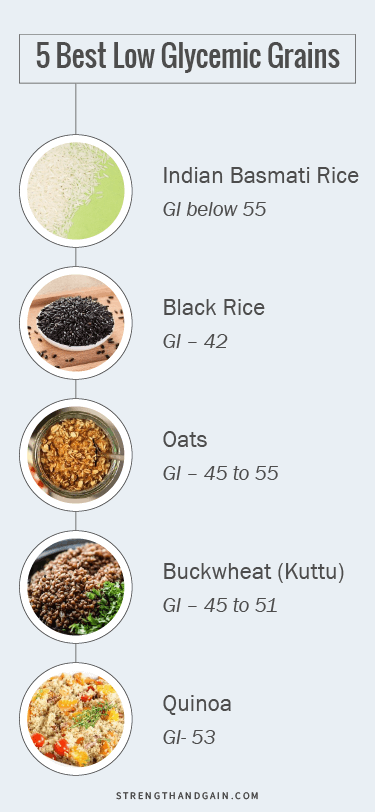
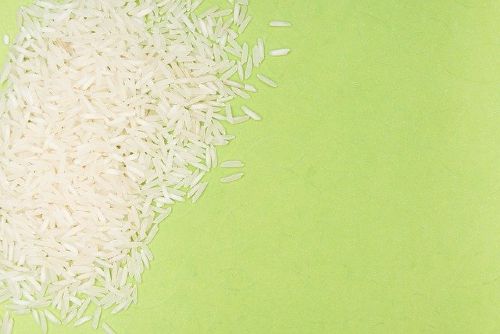
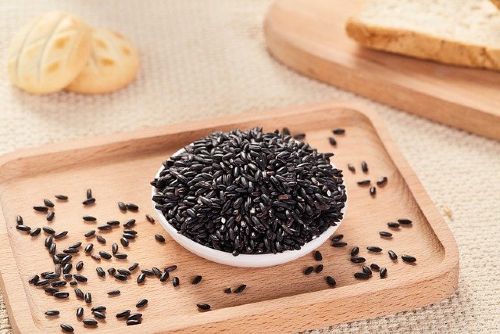
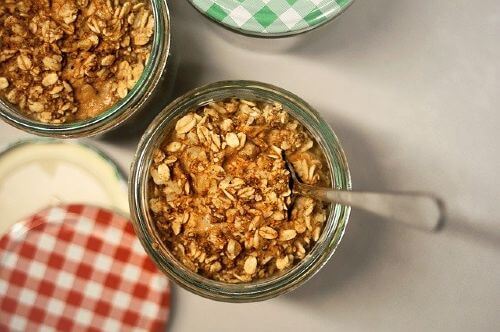
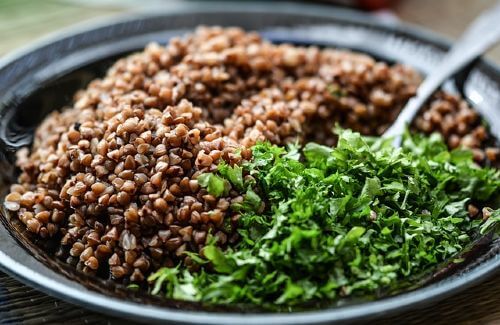
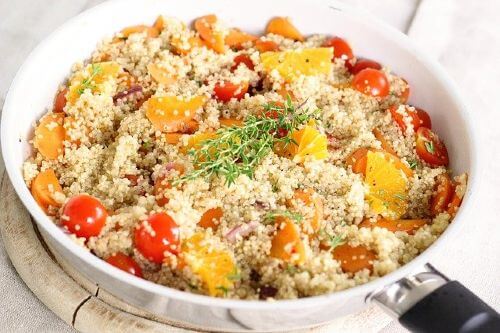

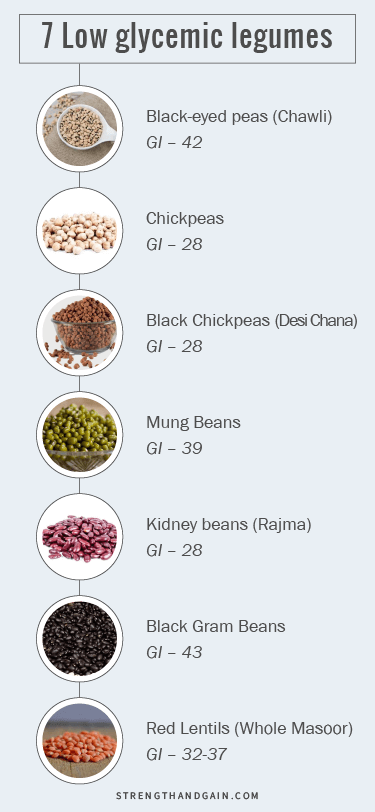
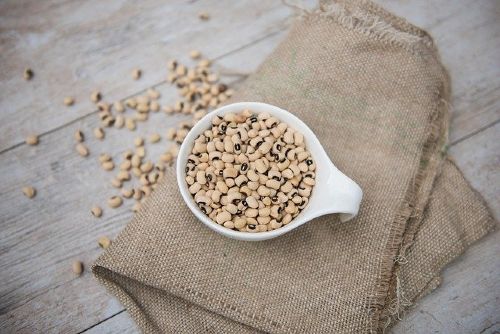
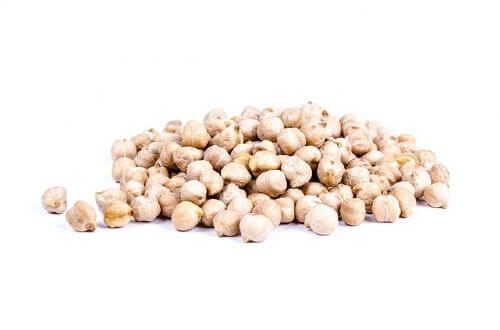
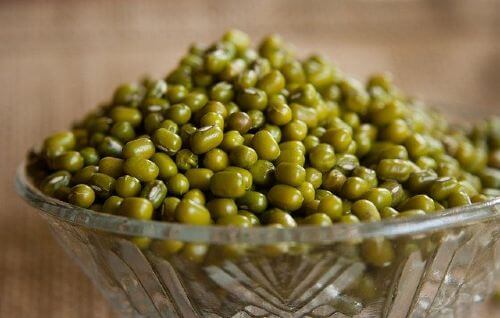
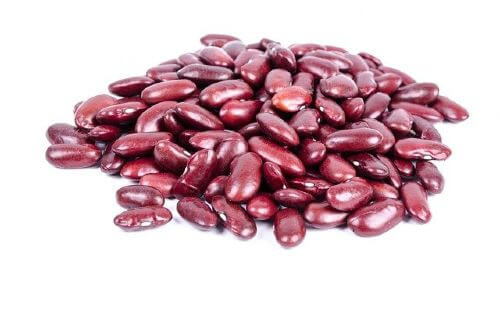
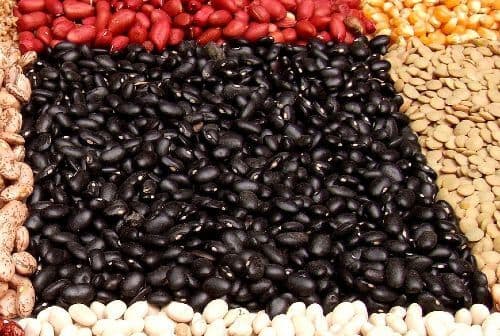
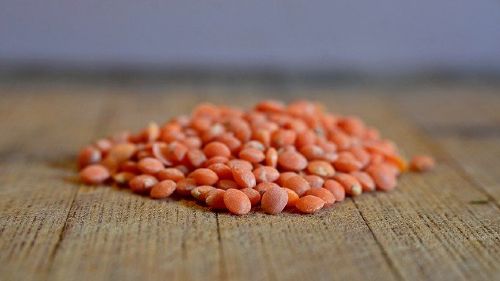
very informative ,can i have printable version of GI and GL chart of indian foods and fruits.thanks
Thanks Kulwant, will provide you soon with a printable list of GI foods
Hi,
request to share the chart for low GI foods.
that would be very helpful in managing my glucose levels.
Thanking you in advance.
B S Rao
bsrao2007@gmail.com
How about Indian chaats like bhelpuri, dhokla, pav-bhaji, paani-poori? Do they have a high GI too?
It is difficult to calculate the glycemic value of a meal because when you combine carbs with fat and protein its glycemic score changes. Going by your query, Dhokla is fine as it is made from besan which has a low glycemic value. In pane-poori, the poori is made of maida that gives it a super high GI score. As for pav-bhaji the pav is basically white bread with a high glycemic score. Bhelpuri is a mixture of many ingredients so very difficult to calculate its GI score. You can have bhel puri occasionally as it contains deep-fried foods like sev and papdi.
May I have the GI & GL list of the indian food
Hi Mukund, you can download it by clicking on “Download the complete list of Glycemic Foods”
I wish to use some of the figures in a review article. If possible, kindly allow me to use the material and permission to cite source.
Thanking you.
Dr. Ahsan
Sure, you can use the data from this article. Let me know when you publish it.
Hello Akash,
That is very comprehensive list in the YouTube video. I can see in your responses above that we can download it. But i cannot see a link where i can download it from.
THanks
Sapana
Just click on the image “Download Complete List of Glycemic Foods”…the pdf version of the list will be downloaded.
What about the glycemic load of the foods? Shouldn’t that be considered too?
Yes glycemic load is a step above glycemic index. The fundamental limitation of GI is that it measures only the effect of the carbs on how rapidly it raises the blood sugar levels in our body. GI, however, fails to include the quantity of food, which can also affect our blood sugar levels. So, to overcome this limitation, researchers at Harvard University designed a new rating method called Glycemic Load (GL). Glycemic Load is a rating tool that takes a larger perspective to show the effect of carbs on blood sugar levels. It includes both the quality of carbs (its GI value) plus the number of carbs. GI will help you decide which carbs are better, and GL helps determine the quantity of that carb.